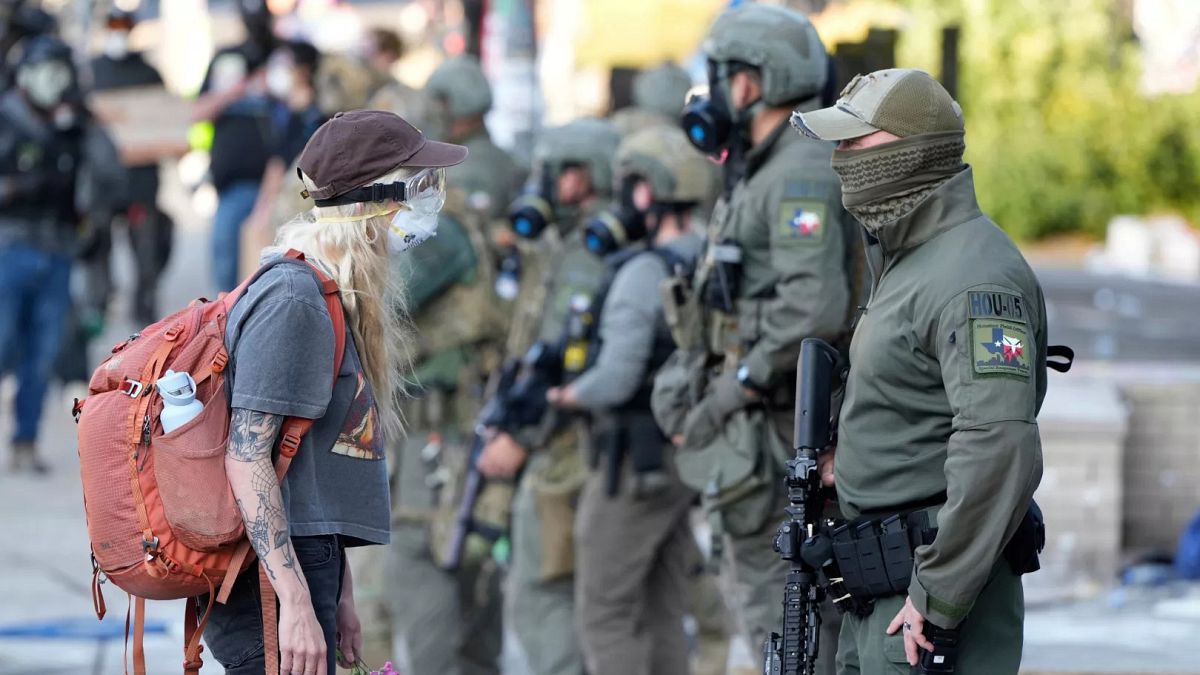1 dead, 3 injured after storm blows down tree at Cambodian Angkor temple complex, damaging statues
One person died and three others were injured, one critically, when a tree fell on a tuk-tuk during a rainstorm at Cambodia’s famous Angkor temple complex.

One person was killed and three others injured at Cambodia’s famed centuries-old Angkor temple complex after a large tree was blown down onto their vehicle during a fierce rainstorm, a government statement said Wednesday.
The accident occurred late Tuesday afternoon at the southern gate to Angkor Thom, which is near the more famous Angkor Wat temple and part of the same archaeological complex in the northwestern province of Siem Reap, about 200 miles northwest of the capital, Phnom Penh.
The site is Cambodia’s most popular tourist attraction and in the first half of this year attracted more than half a million international tourists, according to Cambodia's Tourism Ministry.
The tree fell on a tuk-tuk — a kind of motorized three-wheeled vehicle popular in South and Southeast Asia — killing the driver instantly and injuring its three passengers, one critically, according to a statement issued by the Siem Reap Provincial Administration on Wednesday.
Several statues on the balustrade of what is called Tonle Oum Gate were also damaged by the fallen tree, the statement said.
The Apsara National Authority, the government agency that oversees the archaeological park, posted photos late Tuesday on its official Facebook page showing the fallen tree in front of the temple entrance. The agency later announced that the fallen tree had been removed so that the entrance was again accessible for visitors.
The Angkor site sprawls across some 155 square miles, containing the ruins of capitals of various Cambodian empires from the 9th to the 15th centuries. Scholars consider it to be one of the most important archaeological sites in Southeast Asia.
What's Your Reaction?
















